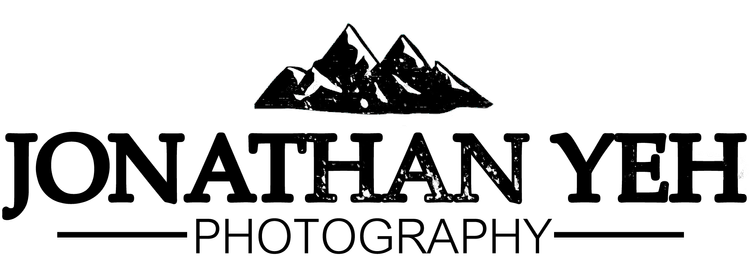On a recent visit home to see family, I took a two-night trip with my mom to explore Joshua Tree National Park and its environs. Based out of Twentynine Palms, a sleepy Californian desert town with a nearby Marine training camp, we spent two days and two nights getting to know the park.
On the first day, we leave East Los Angeles in the morning and arrive at Twentynine Palms around noon. After a break at our hotel and a brief stop at the Oasis of Mara visitor center, we proceed into the high desert. We spend some time walking around the northern portion of the Jumbo Rocks area in the mid-afternoon. A front of cumulonimbus clouds emerges out of the Coachella Valley and sweeps toward the desert - harbinger of a truly rare Mojave thunderstorm. We proceed west through the park, driving past Juniper Flats to the roadside overlook of Keys View, which is perched at the crest of the Little San Bernandino Mountains. There, I photograph a lone juniper on the mountaintop, and set up for a short-lived timelapse before advancing rain and distant lightning strikes force us off the mountaintop. We drive back down to the flatlands, through a brief and miraculous downpour that soaks the desert roads, and eat a dinner of pot roast and mashed potatoes at the Denny’s Restaurant in town.
On the second day, we wake early and drive to the southeastern portion of the park, where the Joshua forests, piñon pines, and granite terraces of the high Mojave give way to the creosote, ocotillo, and cacti of the Colorado Desert. Halfway to the southern entrance of the park, the road is lined for miles by cholla cactus, whose sinister barbs deploy at the slightest touch and are virtually impossible to remove. Standing amidst this desert garden, we watch the sun rise over the Pinto Mountains and the sandy wasteland below them. We then take a brief hike to see Arch Rock at the White Tank campground before returning to the hotel to rest and escape the mid-day sun.
In the late afternoon, we return to the high desert and drive to the western portion of the park, which, on account of its incredible granite formations, is called the Wonderland of Rocks. We walk the mile-long loop through a narrow valley path to Barker Dam, which has very little to do after a long and dry summer in Southern California. Afterward, we park at the Hall of Horrors for sunset. I wander off to explore the rock formations that give the area its name, and eventually boulder a short way up a rock wall to shoot sunset over the valley.
After dinner back at our hotel room, we return to the desert one last time, after sundown, to photograph the galactic core as it rises to the west. We proceed to the parking lot beside Cap Rock, which we drove past the day before, and which has a shapely Joshua tree standing just across the road from the parking lot - easily accessible in the pitch black of the desert night. Sitting in the soft dirt, I coach my mom through her first astrophotography session, and we take long exposures of the tree silhouetted by the stars - with the faint glow of Palm Springs lighting the horizon. The next day, we sleep in and have breakfast at the hotel before driving back to East Los Angeles, arriving at home shortly after noon.




































